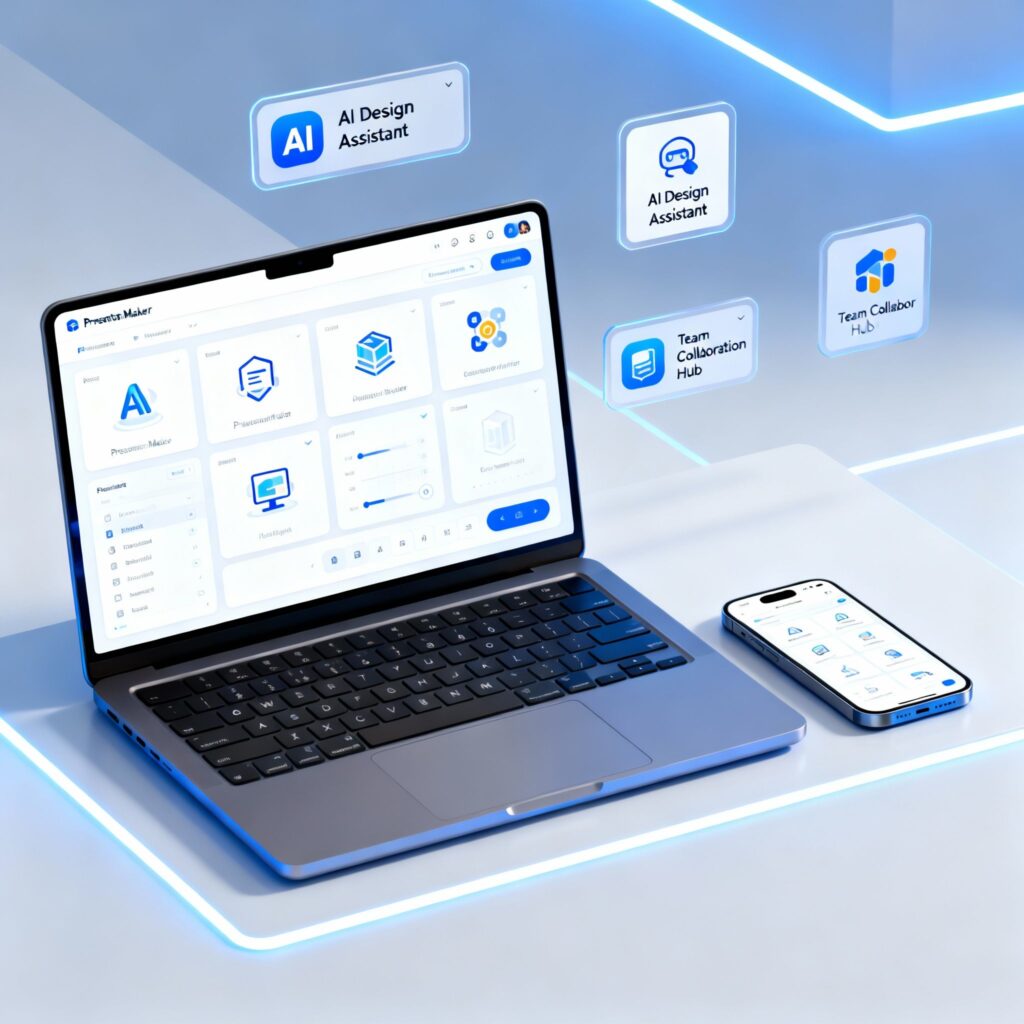The area of artificial intelligence known as natural language processing (NLP) is concerned with how computers and human language interact. It involves processing and analyzing human language using methods from linguistics, computer science, and artificial intelligence.
NLP includes examples like these:
Speech recognition, as done by Alexa or Siri, converts spoken words into printed text.
Text conversion from one language to another using a tool like Google Translate.
Analysis of a text’s emotional tone, such as evaluating whether a tweet is favorable or negative, is known as sentiment analysis.
Text summarizing is the process of reducing a lengthy text to a more concise summary, such the one given in a news item.
Identifying named entities in a text, such as persons, companies, and locations, is known as named entity recognition.
Text classification is the automatic classification of a given text into specified categories like news, sports, politics, etc. using NLP approaches.
Text clustering is the process of assembling related texts based on their content, such as news stories on a particular subject.
Text-to-Speech is the process of turning written text into spoken language. Text-to-speech functions are commonly seen on smartphones.
Building chatbots and virtual assistants with natural language understanding and response is a goal of dialogue systems.
Natural language knowledge is the ability to comprehend the context of a text and the relationships between entities, concepts, and events.
Answering queries regarding a particular text or section using machine reading comprehension, like the question-and-answer function in search engines.
Natural Language Processing (NLP) is being used by a lot of businesses to enhance their goods and services across numerous industries. Here are a few illustrations:
Google – uses NLP in its search engine to better understand the intent behind a user’s query and provide more relevant results.
Amazon’s virtual assistant Alexa employs NLP to recognize and carry out speech commands.
Microsoft employs natural language processing (NLP) to give developers access to text analysis and natural language comprehension through its Cortana virtual assistant and Azure Cognitive Services platform.
IBM’s Watson platform leverages NLP to give developers access to text-to-speech, sentiment analysis, and natural language understanding.
Apple’s Siri virtual assistant employs NLP to recognize and carry out speech commands.
Facebook employs NLP for sentiment analysis, automatic translation of posts and comments, and the detection of hate speech and false information.
Uber employs NLP to comprehend client inquiries and grievances and to deliver more effective client assistance.
Based on users’ watching habits and interests, Netflix employs NLP to suggest TV episodes and movies to them.
NLP is used by OpenAI to create sophisticated AI models that can comprehend and produce human language.
In order to make music recommendations to consumers based on their listening habits and tastes, Spotify uses NLP.
As the demand for natural language-based technology rises, NLP is anticipated to play a big role going forward.
NLP is predicted to have an impact in the following important areas in the future:
Virtual assistants and chatbots: It is anticipated that NLP-powered virtual assistants and chatbots will advance in sophistication and be able to do a greater range of functions, including scheduling appointments, making reservations, and offering customer care.
Language Translation: NLP-based machine translation will improve in accuracy and be able to translate spoken and written language in real-time, facilitating more seamless communication between speakers of different languages.
Personalization: By examining customers’ language and behaviour, NLP will allow firms to tailor their interactions with them and offer them more relevant and tailored recommendations and services.
Discover more from TechResider Submit AI Tool
Subscribe to get the latest posts sent to your email.







